
According to the Vietnam Fruit and Vegetable Association, the impressive growth of the industry comes from strategic fruit groups such as durian, banana, mango, jackfruit, coconut, grapefruit... Mr. Dang Phuc Nguyen, General Secretary of the Vietnam Fruit and Vegetable Association, said that from the end of the second quarter to the beginning of the third quarter, fruit and vegetable exports have made a breakthrough thanks to the strong increase in output and value of many key products.
“Thanks to the strong recovery of the durian industry, fruit and vegetable export turnover has increased significantly. This year, durian exports could reach over 3 billion USD,” said Mr. Dang Phuc Nguyen.
Vietnamese fruits are expanding into many high-end markets. Typically, durian exports have grown by double digits in many markets such as the US, Canada, Japan... In particular, Vietnamese grapefruit has just been officially accepted for import by the Australian market, marking a big step forward when meeting strict food safety standards. "Entering the Australian market is an important milestone, opening the door to other demanding markets," Mr. Dang Phuc Nguyen analyzed. Mr. Dang Phuc Nguyen also hopes that the Department of Crop Production and Plant Protection will soon open the door to exporting grapefruit to China - where there is great demand and strong consumption capacity.
However, to maintain growth momentum, the fruit and vegetable industry faces many challenges in terms of quality and standards. Mr. Nguyen Phong Phu, Technical Director of Vina T&T Group, is concerned that many growing areas still produce according to old practices, using pesticides incorrectly, causing the risk of cross-contamination and affecting product quality. “Import markets strictly control pesticide residues. If the threshold is exceeded, the entire shipment can be warned or returned, greatly affecting the reputation of the business and the entire industry,” said Mr. Nguyen Phong Phu.
Currently, China is still a strategic market, importing about 17-18 billion USD worth of fruits and vegetables from other countries each year; of which Vietnam only accounts for about 4-5 billion USD. With geographical advantages and low logistics costs, Vietnam can completely increase its market share here. However, according to Mr. Dang Phuc Nguyen, the important thing is to ensure food safety standards, clear traceability and strict compliance with quarantine regulations.
A key factor to maintain sustainable growth is to build a standard raw material area. Mr. Dang Phuc Nguyen said that the pilot project to build a standard agricultural and forestry raw material area for domestic consumption and export in the period of 2022-2025 is the right direction. To boost fruit exports to demanding markets such as Australia, the United States, the EU or South Korea, the first requirement is uniformity and traceability. Therefore, the raw material area needs to be planned in accordance with the soil, choose the right varieties, apply advanced production techniques and comply with VietGAP and GlobalGAP.
However, small-scale, fragmented production remains a major bottleneck for the industry. Technical infrastructure and irrigation are still limited, while the information gap between farmers and the market remains wide. “Each importing country has different regulations on quarantine and residue. If growers are not well trained, just one small mistake can cause the entire shipment to be returned,” Mr. Nguyen warned.
In that context, China's issuance of Decree 280, effective from June 1, 2026, replacing Decree 248 on the management of registration of foreign enterprises producing imported food into China, is considered a turning point for Vietnam's agricultural exports. Mr. Ngo Xuan Nam, Deputy Director of the Vietnam SPS Office, said that the core point of Decree 280 is to shift from an administrative management mechanism to a risk-based classification. China will classify products and enterprises according to their risk level, apply more flexible regulations and be in line with international practices.
Accordingly, Vietnamese enterprises need to review their registration codes on the CIFER system (China), especially those that change their legal entity, location or operating license. If there are major changes that affect the food safety management system, the registration code may be immediately revoked. In addition, Decree 280 also strengthens the supervision of food safety and product packaging, considering this an important factor to ensure supply chain hygiene.
Mr. Ngo Xuan Nam added that the new mechanism has a positive point in that it automatically renews the registration code for 5 years if the enterprise does not violate the law, helping to significantly reduce administrative procedures. If Vietnam maintains an effective and transparent food safety control system, Vietnamese enterprises will be classified as low-risk and enjoy priority when exporting to China.
From now until the new regulations come into effect, businesses need to proactively raise production standards, enhance traceability and manage internal risks. For processed products, maintaining HACCP, ISO 22000 or equivalent certifications will be a big advantage; and for fresh fruit, the key factor is strict compliance with growing area codes and packing facilities.
With a stable growth rate, proactive adaptation to new regulations and the direction of standardizing raw material areas, the Vietnamese fruit and vegetable industry is facing a great opportunity to conquer the export target of 10 billion USD, affirming its position on the world agricultural map with quality, transparency and sustainable development.
Source: https://baotintuc.vn/kinh-te/rau-qua-viet-tang-toc-tien-toi-muc-tieu-10-ty-usd-20251101142220010.htm


![[Photo] President Luong Cuong receives US Secretary of War Pete Hegseth](https://vphoto.vietnam.vn/thumb/1200x675/vietnam/resource/IMAGE/2025/11/02/1762089839868_ndo_br_1-jpg.webp)

![[Photo] Lam Dong: Images of damage after a suspected lake burst in Tuy Phong](https://vphoto.vietnam.vn/thumb/1200x675/vietnam/resource/IMAGE/2025/11/02/1762078736805_8e7f5424f473782d2162-5118-jpg.webp)

















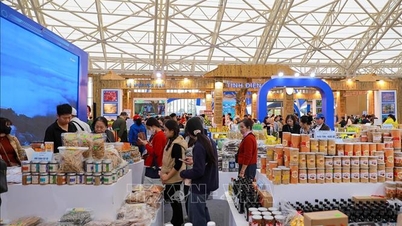






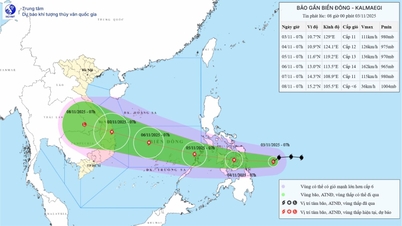














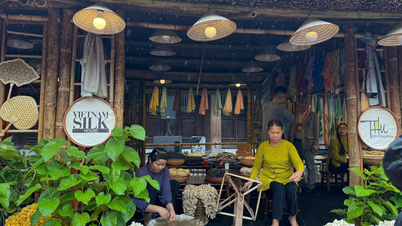














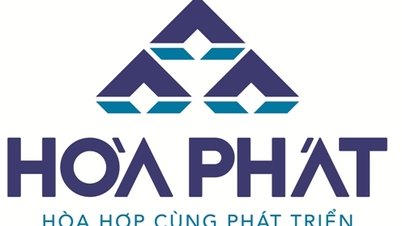


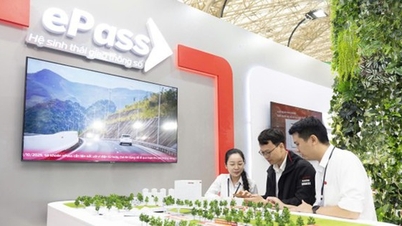












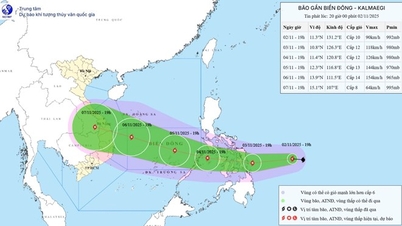

































Comment (0)